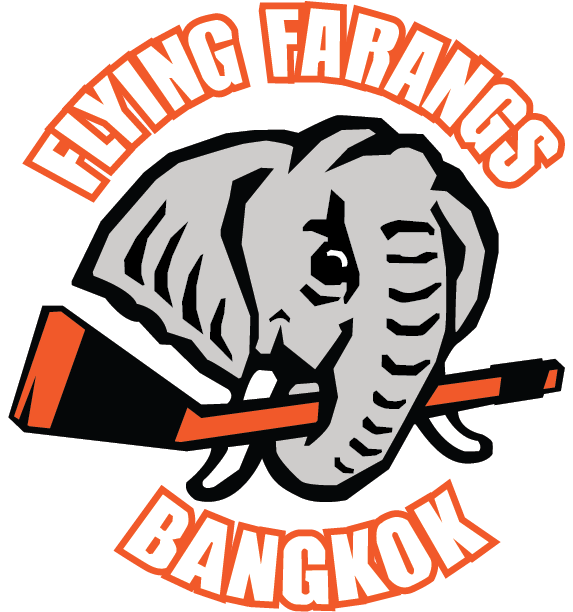BANGKOK, Thailand – Former New Jersey Devil right wing Troy Crowder has come a long way since his days as one of the NHL’s most feared enforcers. Last week he came 15,000 kilometres to be precise.
Crowder, whose on-ice scraps with top heavyweight Bob Probert of the Detroit Red Wings became the stuff of legend, made the journey to Bangkok, Thailand – along with some 400 hockey players from around the globe – to contest the “Land of Smiles” international ice hockey tournament.
While ice sport and the balmy Thai climate may seem an unlikely combination, hockey has blossomed in this steamy Southeast Asian nation.
“When I first heard about the tournament, I didn’t even think Bangkok had an arena,” said the 39-year-old Crowder, who was recruited by former junior teammate Brent Bywater to play for the North Bay Fighting Muskies. “The ice is really soft and it took some time to get used to, but it’s been a lot of fun playing here.”
Thirty teams from North America, Europe, the Middle East and Asia participated in the tournament, organized by local company Jamcomb Sports from Oct. 24-27.
Crowder didn’t disappoint after assuming the goal scorer’s role.
The six-foot-four, 240-pounder showed off his soft hands by scoring two shootout goals to lead his team to the semifinals.
The Fighting Muskies were eventually eliminated by a high-scoring United Arab Emirates team stacked with Belorussians, which eventually went on to win the competition.
Nonetheless, the experience was extraordinary, Crowder said, one he’ll never forget. He’s vowed to start recruiting as soon as he returns to his home in Sudbury, Ont., and return with a stronger team in 2008.
Crowder’s attendance continued a burgeoning NHL tradition in Bangkok after U.S. Olympian Neil Broten brought a team that won the tournament in 2001.
The Bangkok Flying Farangs team – “farang” being the Thai word for foreigner – has hosted the tourney since 1995. Despite many obstacles, the sport has steadily developed and the Thai capital has become Southeast Asia’s hockey hub.
The recreational Thai-World Hockey League entered its fifth season in September, boasting a blend of former Canadian junior and U.S. collegiate players, alongside skaters from Thailand, Finland, Sweden, the Czech Republic, and Germany.
The TWHL’s marquee draw is former Sweden player Reine Rauhala, who once shared a dressing room with NHL stars such as Mats Sundin, Peter Forsberg and Markus Naslund in the early 1990s.
Hockey has also captured the imagination of the locals. Despite a lack of government sponsorship and interest, Thailand deploys its national team to compete in international play – though sometimes the result is a devastating blowout.
Unranked by the International Ice Hockey Federation, Thailand squared off against world No. 11 Kazakhstan last February at the Asian Winter Games, leaving the ice on the losing end of a 52-1 scoreline as the tournament favourite Kazakhs mercilessly out-shot the Thais 97-7.
Thai-American goaltender Jason Cotsmire, originally from Long Island, N.Y., played half that game.
“I was thinking, ‘what did I get myself into?”‘ he said. “We were oversized and overmatched. It was more of a practice than a game.”
But like most Thai players, Cotsmire took the defeat in his stride, and the lessons learned with a smile.
“It was an once-in-a-lifetime experience. How many guys can say they played at that calibre?”
As well as entertaining the bemused locals, the Flying Farangs raise money each year for charitable causes, including some of Bangkok’s most disadvantaged children.
One of the team’s proudest moments came in response to the Indian Ocean tsunami that ravaged the country in 2004, when Bangkok’s hockey players teamed up with the NHL to raise more than US$40,000 for tsunami survivors with a charity game.


